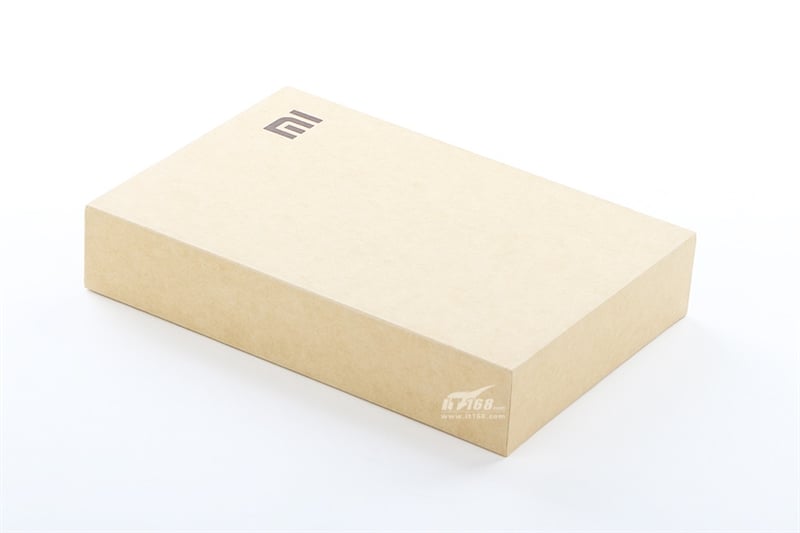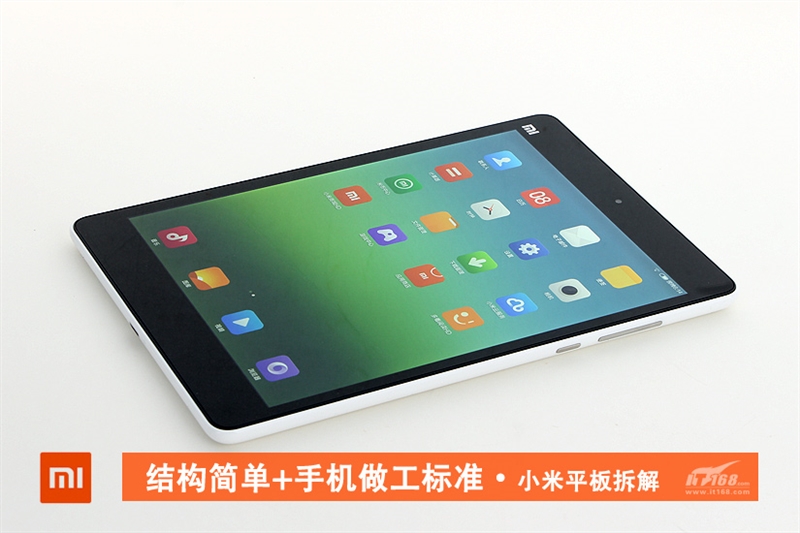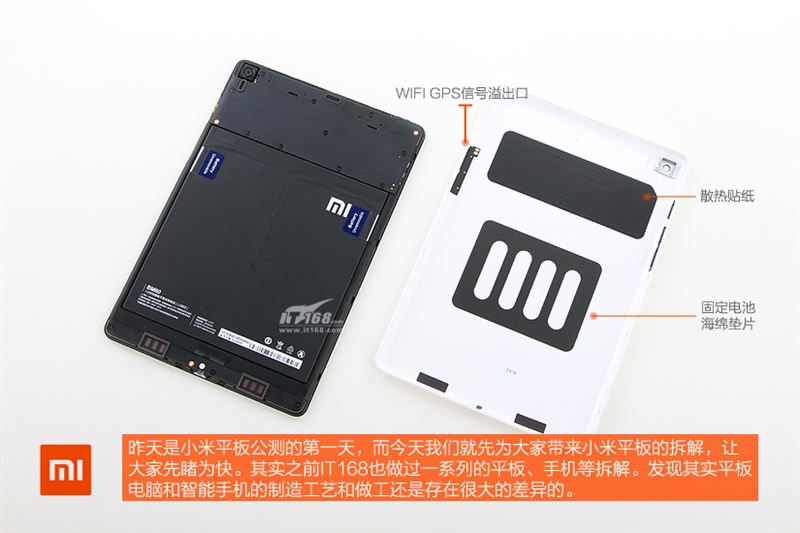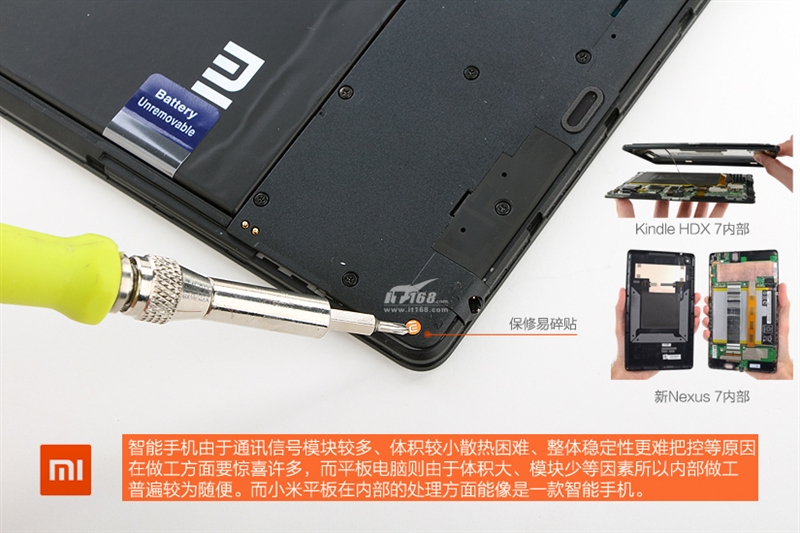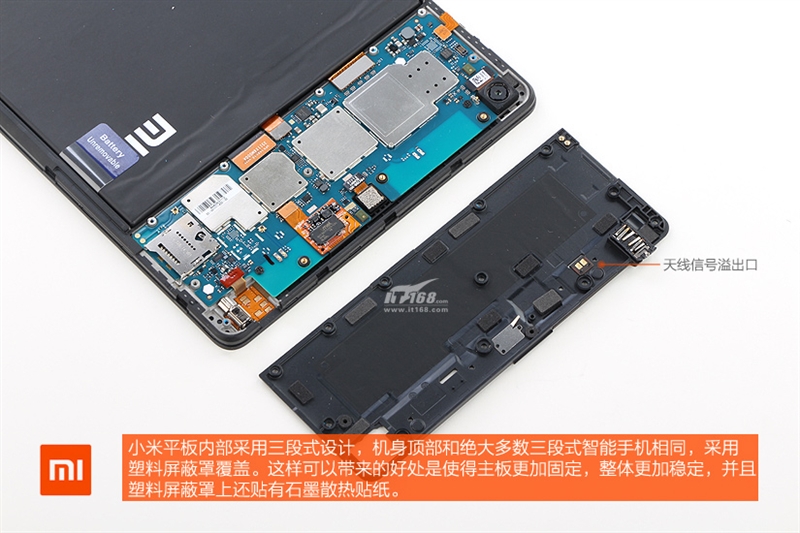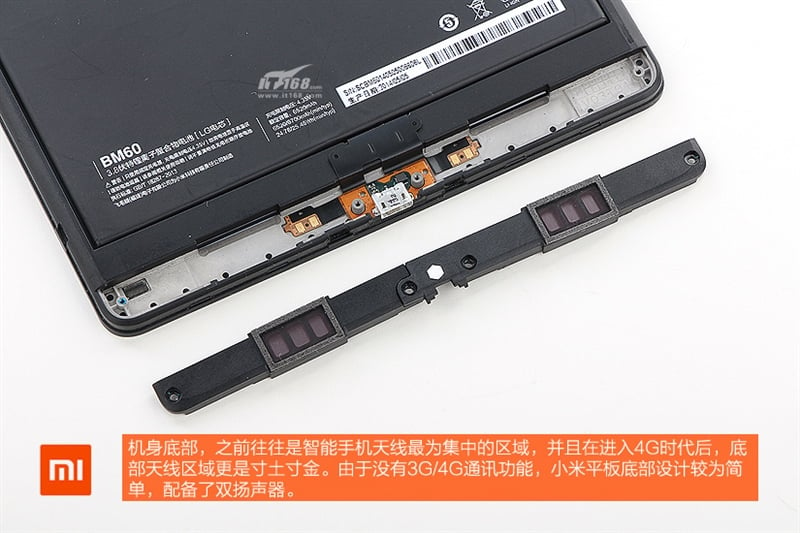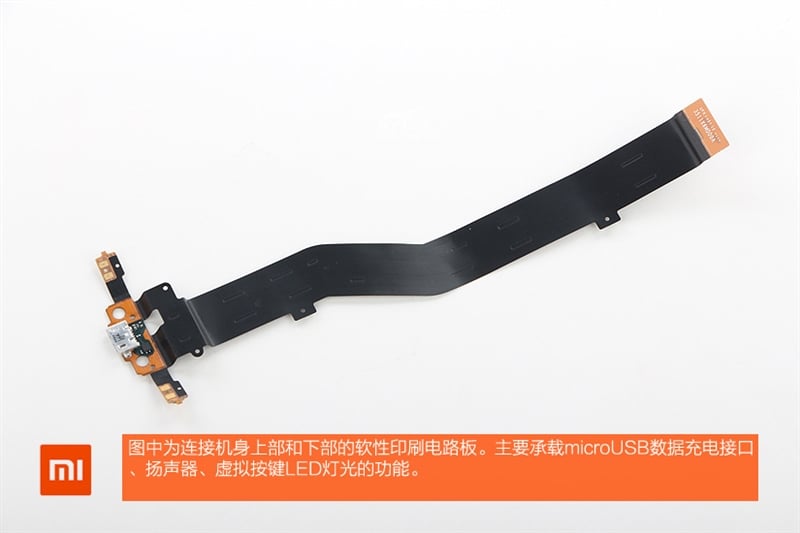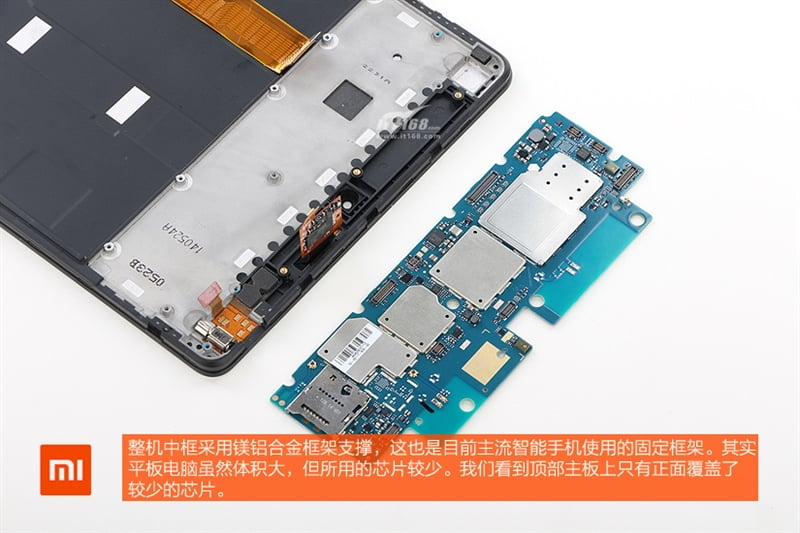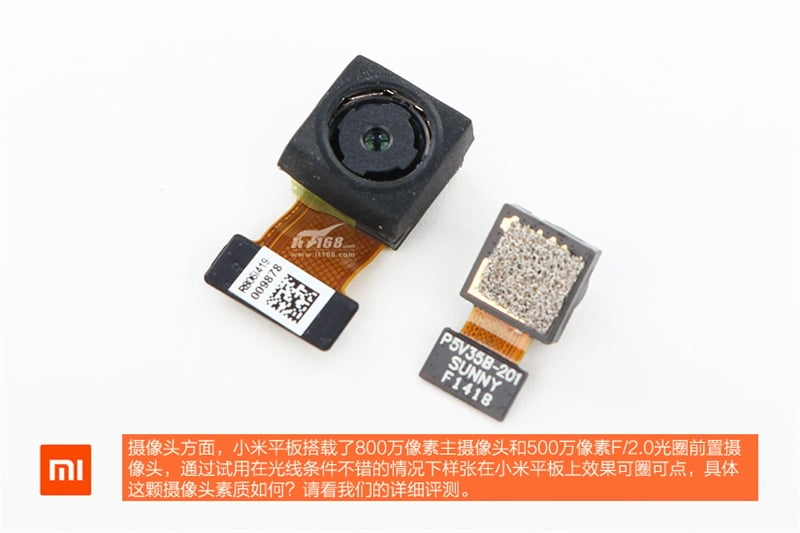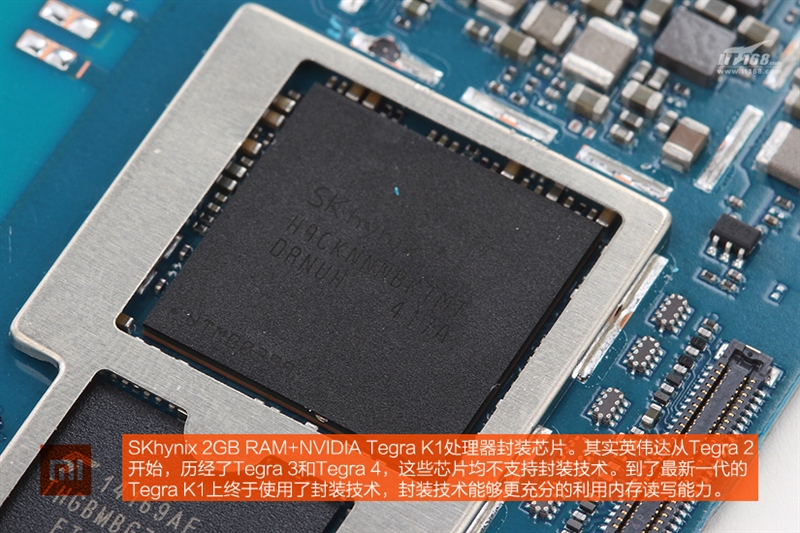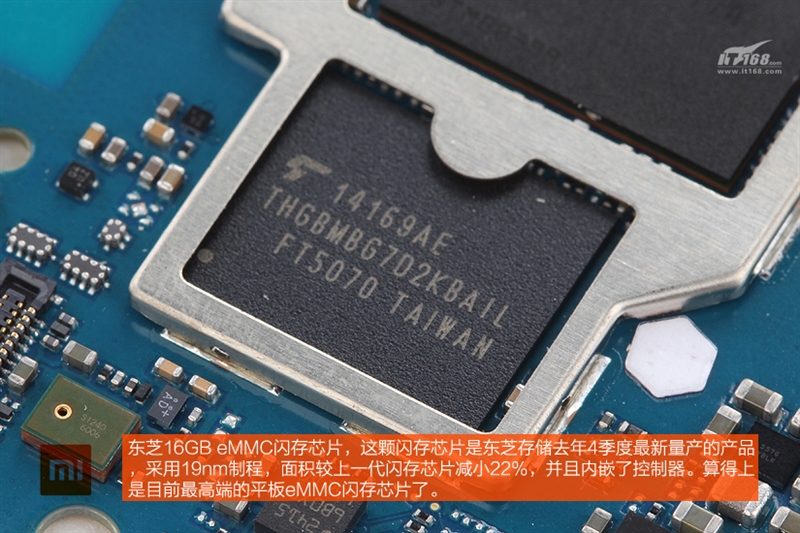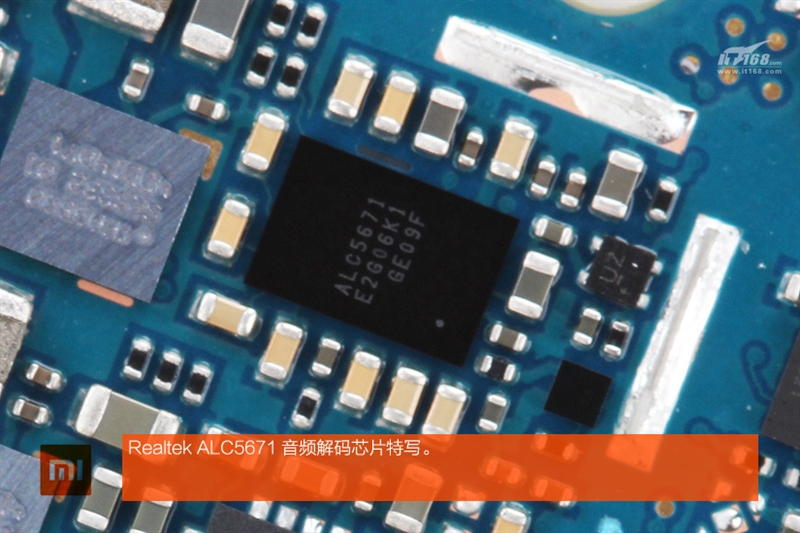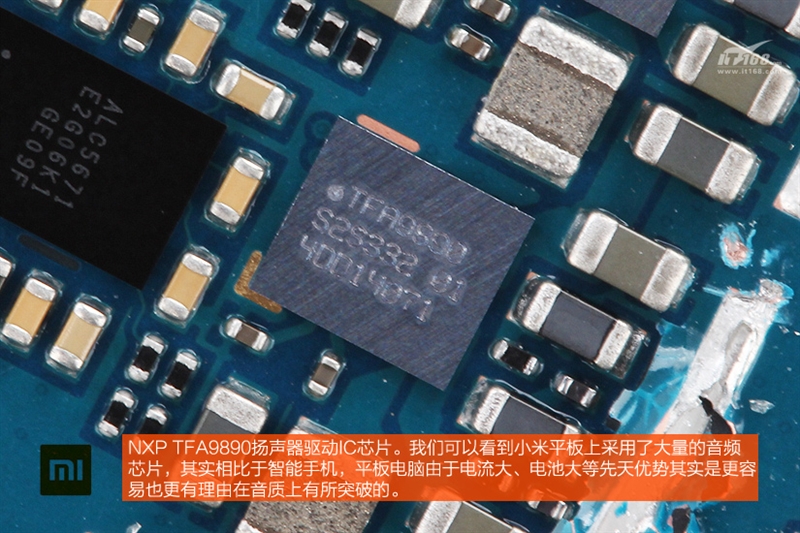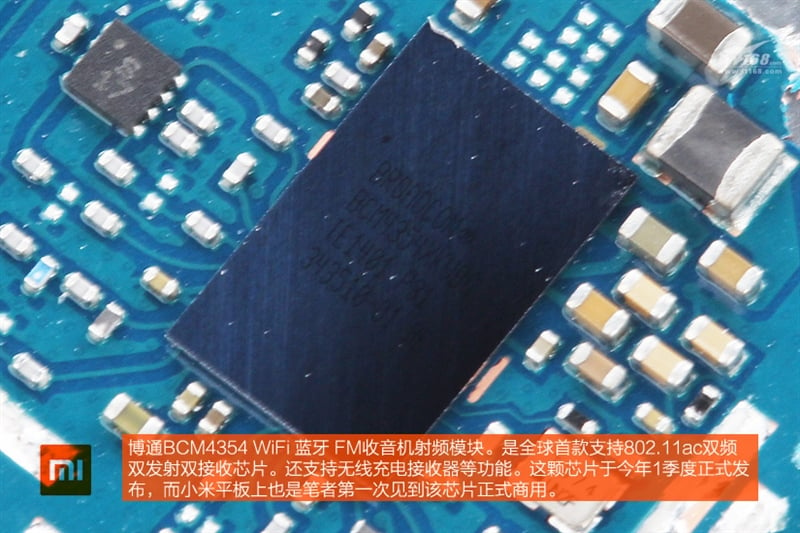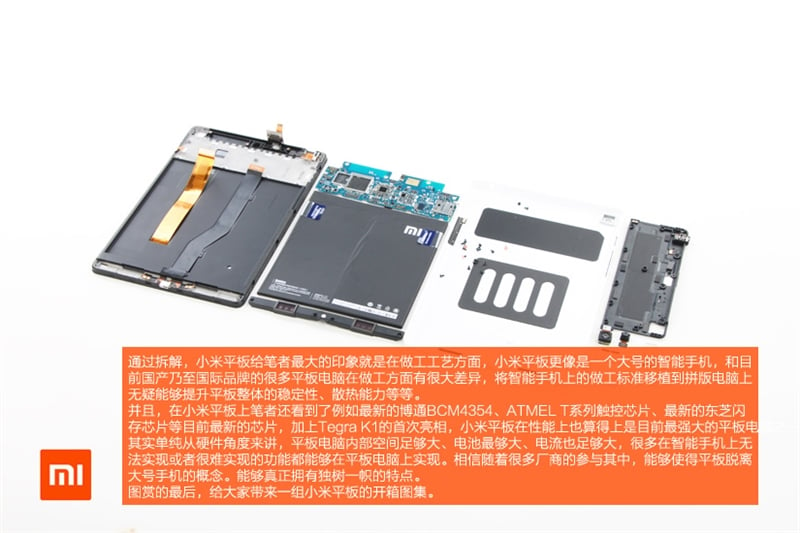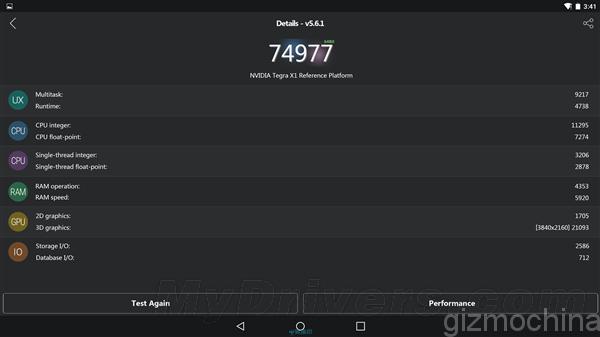On May 15, Xiaomi officially released its 1499 RMB (240.50 USD) tablet.
The MiPad uses a 7.9-inch 2048 x 1536 display screen and runs on NVIDIA’s quad-core 2.2GHz Tegra K1 processor. It has 2GB RAM and 16/64GB of memory. At most, it supports 128 GB micro SD expandable memory card and comes with a 5mP/8mP Sony dual-camera. The MiPad is powered by a 6700mAh battery.
The MiPad also supports 802.11ac WiFi in 2.4GHz/5GHz Wi-Fi and Blue Ray 4.0. Its operating system is the Android 4.4.2-based MIUI Pad.
Let’s take a look at the photos taken by IT168 of the MiPad disassembled. Anyone who is interested in knowing what materials were used and its quality cannot miss this.
According to IT168, the MiPad is made of very sturdy materials. Upgrades were added to its stability and cooling functions. As for the chip, it’s also well made. It almost looks like it’s the newest model.
Simple structure + standard craftmanship— The MiPad disassembled
As IT168 disassembled the MiPad yesterday, he found out that there was a big difference in craftsmanship between a tablet and smart phone.
The way the processor is designed in the MiPad is similar to that of a smart phone. The processor is small and cooling is difficult.
The interior of the MiPad uses the three-section designed and is covered with plastic for stability and cooling.
The MiPad’s base follows a simple design since it does not support 3G/4G and has double speakers.
The MiPad runs on a 6520mAh LG battery.
Shown in the picture above is the printed circuit board which is used to connect the top half to the bottomhalf. It‘takes care of functions such as the micro USB adapter, speakers, and LED light.
The middle frame is supported by a duralium frame. Although the MiPad has a large size, it has fewer chips. You can see the chips face up in photo above.
It has a 8mP rear camera and 5mP front camera witth an F/2.0 aperture. The resolution is so-so. How’s the quality of the lens?
The main chips are covered by a metal case which was tightly attached to the motherboard making it hard for us to take it off.
SKhynix 2GB RAM+NVIDIA Tegra K1 processors.
The 16GB Toshiba eMMC memory chip.
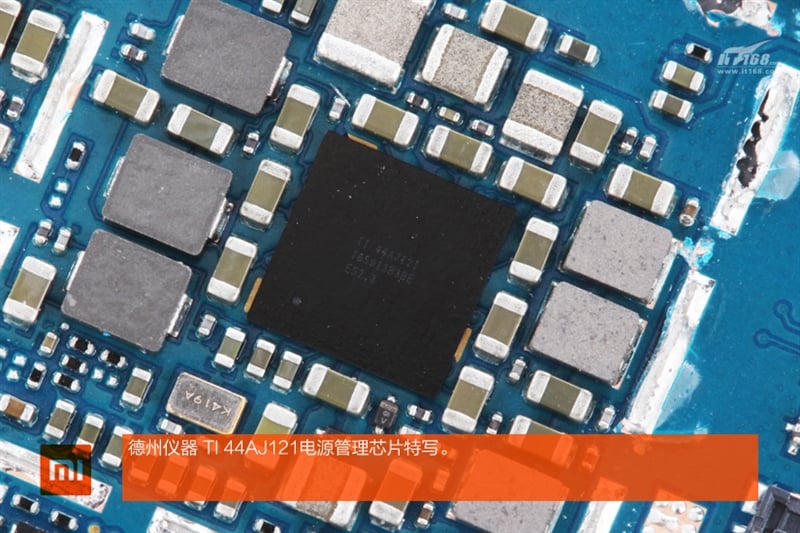 A close-up of Texas Instrument’s TI44AJ121 power management chip
A close-up of Texas Instrument’s TI44AJ121 power management chip
A close-up of Realtek’s ALC5671 Audio Codec Driver
The NXP TFA9890 speaker driver IC. We can see that the MiPad uses a lot of audio chips.
Broadcom’s BCM4354 WiFI Blue Ray FM radio frequency module. It’s the first chip to support 802.11ac.
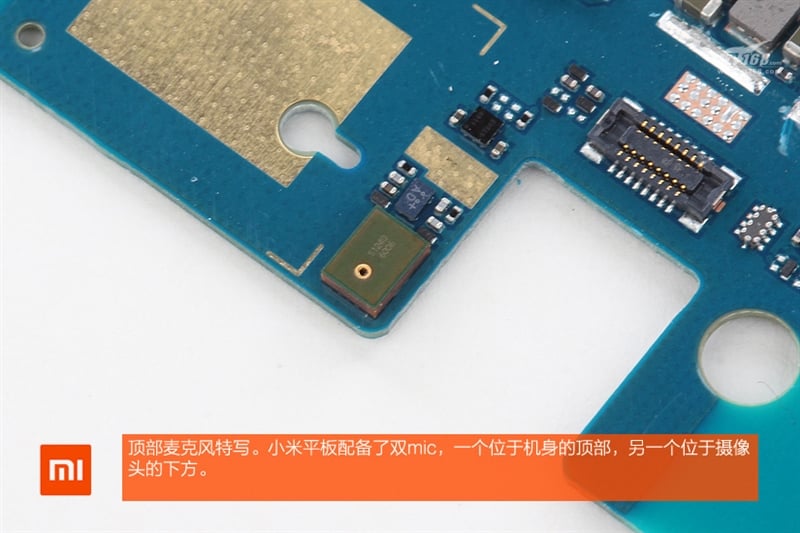 A close-up of the microphone on the top. The MiPad uses two microphones, one at the top and one under the camera.
A close-up of the microphone on the top. The MiPad uses two microphones, one at the top and one under the camera.
The back of the motherboard does not have any chips。 Behind the processor and power management chips is the cooler sticker.
The ATMEL MXT1664T touchscreen chip.
The MiPad uses the most up-to-date chips around including the BCM4354 and ATMEL T touchscreen chips. It is als the first appearance of the Tegra K1. The MiPad is probably the most pwoerful tablet around when it comes to performance.
